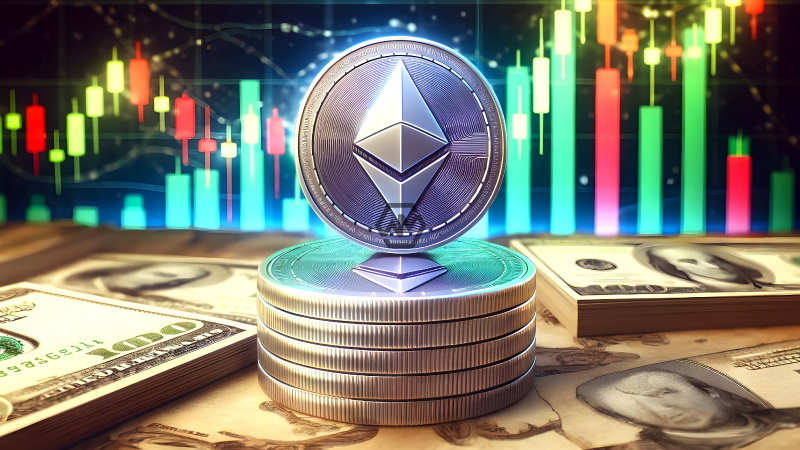- Vitalik Buterin promotes a dual governance model to strengthen Ethereum‘s decentralized decision-making.
- Buterin’s memecoin liquidation sparks market volatility, raising concerns over wallet influence.
- Ethereum climbs past $2,500 amid bullish momentum and a positive shift in market sentiment.
Ethereum co-founder Vitalik Buterin has reignited the conversation around decentralized governance by endorsing a dual governance model for the Ethereum network.
Simultaneously, Buterin’s routine liquidation of unsolicited memecoins continues to ripple through the market. His latest action involved selling two trillion LEDOG tokens in exchange for 4.4 ETH—a seemingly small move that nonetheless triggered a wave of speculation and increased ETH trading volume.
Ethereum’s Evolution: Buterin Champions Governance Reform Amid Market Momentum
Ethereum’s recent price rebound, climbing from $2,111 to over $2,500 in just under two weeks, signals renewed optimism in the crypto market. Analysts point to the shift in funding rates from negative to positive as a core driver, suggesting that traders are becoming more confident in Ethereum’s near-term trajectory. The increased demand for leveraged long positions highlights a broader belief that the network may be poised to challenge key resistance levels around $3,000.
Buterin’s dual governance proposal could significantly alter how upgrades and policy decisions are made on the Ethereum network. Traditionally, Ethereum has relied on a mix of developer consensus and community sentiment. Introducing a formalized mechanism that includes user-stakeholder voting adds a potential safeguard against centralized influence, especially as more assets and services migrate onto the Ethereum blockchain.
Critics of Buterin’s governance idea warn that adding layers of oversight might slow decision-making and create bureaucratic gridlock. However, proponents argue that this friction is necessary to prevent hasty or unbalanced protocol changes. The debate reflects the broader tension in blockchain communities: how to remain decentralized while ensuring responsible governance as adoption grows.
Meanwhile, Ethereum’s on-chain metrics show increased inflows to exchanges like Binance, potentially signaling upcoming sell pressure or profit-taking by traders. However, this activity also suggests heightened engagement with the asset, which could support continued momentum if matched by strong network fundamentals and upcoming updates, such as Ethereum’s ongoing scalability improvements.
Vitalik Buterin’s push for dual governance and Ethereum’s recent price action both highlight a network at a pivotal moment—balancing innovation with maturity. As governance evolves and market momentum builds, Ethereum appears to be entering a new era of structural and financial resilience.
“Decentralization isn’t just a feature—it’s the foundation.” – Vitalik Buterin



